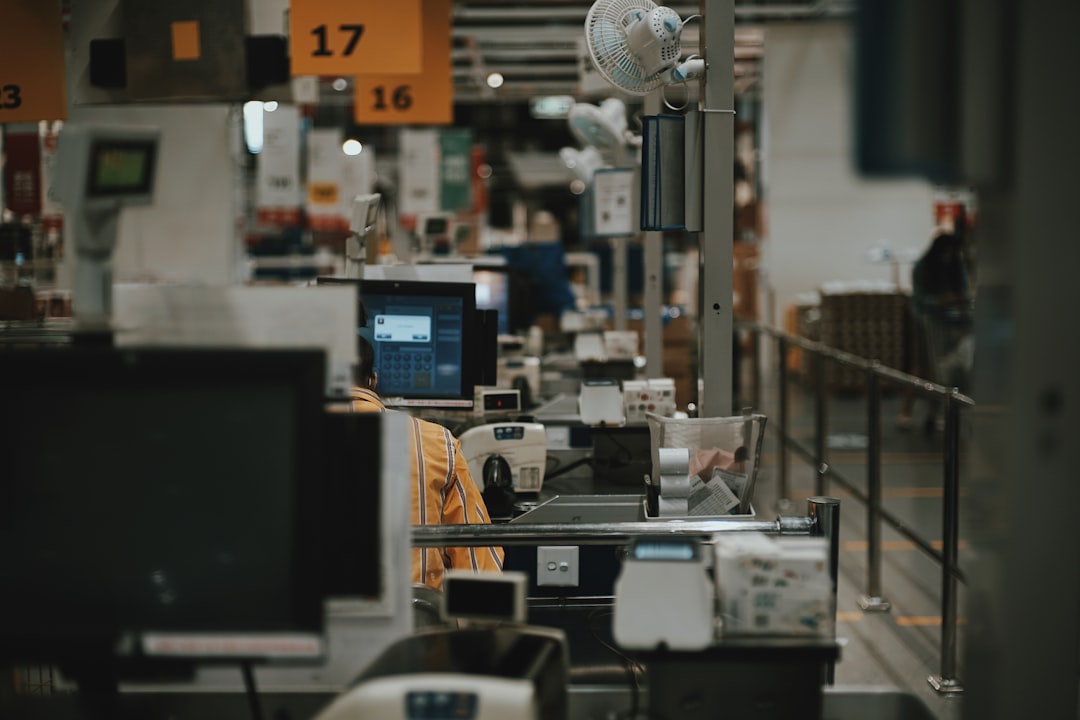In the fast-paced world of media production, post-production is where the magic truly happens. It’s the final stage where raw footage transforms into a polished, compelling product. However, even the most talented editors can overlook subtle errors. This is where robust post-production quality monitoring (PQM) becomes crucial. PQM isn’t just about catching mistakes; it’s about ensuring your final product meets – and exceeds – expectations, delivering a seamless and professional experience to your audience. This comprehensive guide will explore the key aspects of effective PQM.
Establishing Clear Quality Standards and Checklists
Before diving into the actual monitoring process, it’s paramount to define clear quality standards. What constitutes “acceptable” for your project? This involves specifying technical requirements (resolution, frame rate, audio levels) and aesthetic standards (color grading consistency, visual style). Creating detailed checklists tailored to each project type (film, video, animation, audio) is invaluable. These checklists should outline specific points to be checked at each stage of post-production, ensuring nothing is missed. For example, a video editing checklist might include: verifying scene transitions, checking for audio sync issues, inspecting for color banding, and reviewing for continuity errors. The more detailed and specific your checklists, the more effective your PQM will be.
Implementing Automated Quality Control Tools
Manual checks are essential, but relying solely on human eyes can be inefficient and prone to errors. Fortunately, numerous automated quality control (QC) tools are available to streamline the process. These tools can automatically detect technical issues such as dropped frames, audio glitches, incorrect color spaces, and aspect ratio problems. Software like Adobe Premiere Pro, DaVinci Resolve, and Final Cut Pro X offer built-in QC features, while dedicated QC applications provide more comprehensive analysis. Integrating these tools into your workflow significantly reduces the time spent on manual checks, allowing your team to focus on more nuanced aspects of quality.
The Role of Human Reviewers in Post-Production Quality Monitoring
While automation is crucial, human review remains an indispensable part of PQM. Automated tools can identify technical glitches, but they can’t always catch subtle aesthetic flaws or contextual errors. Human reviewers bring a critical eye, artistic sensibility, and contextual understanding to the process. They can assess the overall pacing, emotional impact, and narrative coherence of the final product. Employing a dedicated QC team or assigning specific reviewers to different aspects of the project can ensure a comprehensive and thorough review process. This also allows for a system of checks and balances, preventing individual biases from affecting the final product.
Streamlining the Feedback and Revision Process
Efficient communication and collaboration are vital for effective PQM. A well-defined feedback process ensures that issues identified during monitoring are addressed promptly and accurately. This often involves using annotation tools within editing software or collaborative platforms to mark specific areas needing attention. Clear communication between the QC team, editors, and other stakeholders is essential to avoid misunderstandings and delays. Implementing a version control system allows for easy tracking of revisions and ensures everyone is working on the latest version of the project. This streamlined approach minimizes confusion and speeds up the overall post-production process.
Continuous Improvement and Adaptation of Quality Control Strategies
PQM is not a one-time activity; it’s an ongoing process of refinement. Regularly reviewing your QC procedures and adapting them based on feedback and identified weaknesses is critical. Analyze the types of errors that consistently occur and identify areas where your processes can be improved. This might involve investing in new tools, refining your checklists, or providing additional training to your team. By continuously evaluating and refining your PQM strategy, you can ensure that your post-production workflow remains efficient, effective, and consistently delivers high-quality results. Tracking metrics like the number of errors detected, the time taken for revisions, and client feedback can provide valuable insights into the effectiveness of your PQM process.
By implementing these strategies and embracing a culture of quality, you can elevate your post-production workflow to new heights. Remember, post-production quality monitoring isn’t just about catching mistakes; it’s about crafting a polished, professional product that leaves a lasting impression on your audience.
SEO-Friendly Tags:
- Post-Production Quality Control
- Video QC
- Audio QC
- Post-Production Workflow
- Media Quality Assurance




